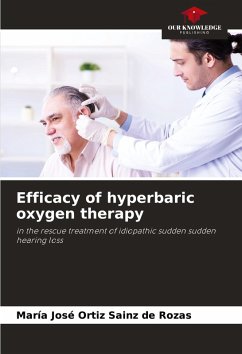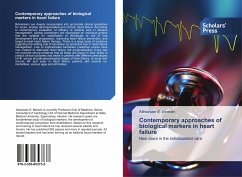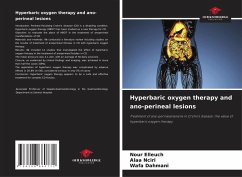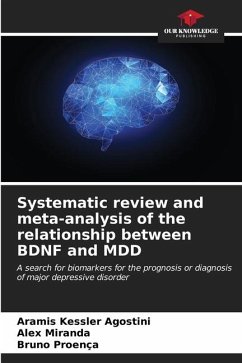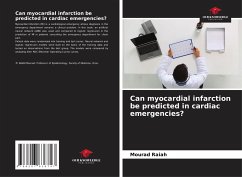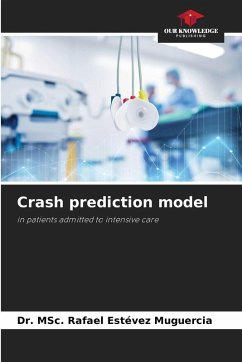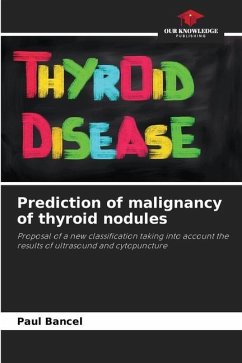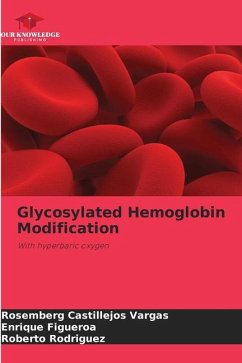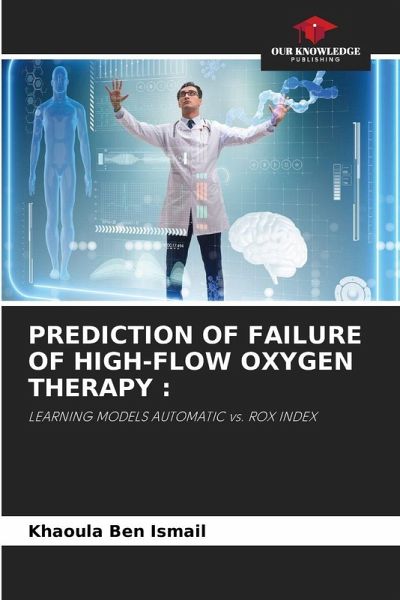
PREDICTION OF FAILURE OF HIGH-FLOW OXYGEN THERAPY :
LEARNING MODELS AUTOMATIC vs. ROX INDEX
Versandkostenfrei!
Versandfertig in 6-10 Tagen
29,99 €
inkl. MwSt.

PAYBACK Punkte
15 °P sammeln!
High-flow oxygen therapy has proven its effectiveness in reducing mortality, but failure of this method remains difficult to predict. This study aims to integrate artificial intelligence into the therapeutic decision to improve this prediction. We included 369 patients with COVID-19 admitted to the intensive care unit of the Zaghouan regional hospital from March 2020 to December 2022. After data preprocessing and hyperparameter optimization using GridSearchCV, four machine learning models were tested: XGBoost, Random Forest, k-nearest neighbors, and logistic regression. The XGBoost model showe...
High-flow oxygen therapy has proven its effectiveness in reducing mortality, but failure of this method remains difficult to predict. This study aims to integrate artificial intelligence into the therapeutic decision to improve this prediction. We included 369 patients with COVID-19 admitted to the intensive care unit of the Zaghouan regional hospital from March 2020 to December 2022. After data preprocessing and hyperparameter optimization using GridSearchCV, four machine learning models were tested: XGBoost, Random Forest, k-nearest neighbors, and logistic regression. The XGBoost model showed the best performance, with an area under the ROC curve of 0.842, outperforming the ROX index and the Random Forest model. The logistic regression and k-nearest neighbors models underperformed. The integration of artificial intelligence, notably via the XGBoost model, appears promising for improving the management of patients with COVID-19 pneumopathy, by early identification of those at risk of high-flow oxygen therapy failure, and by reducing inappropriate intubations.



